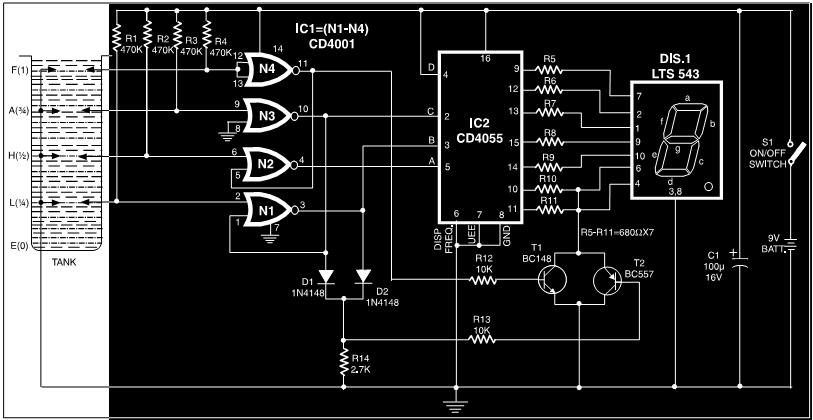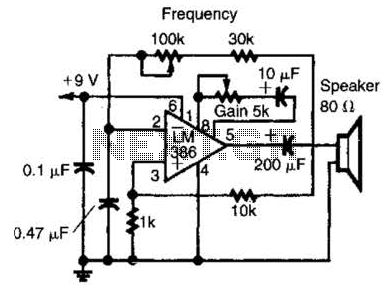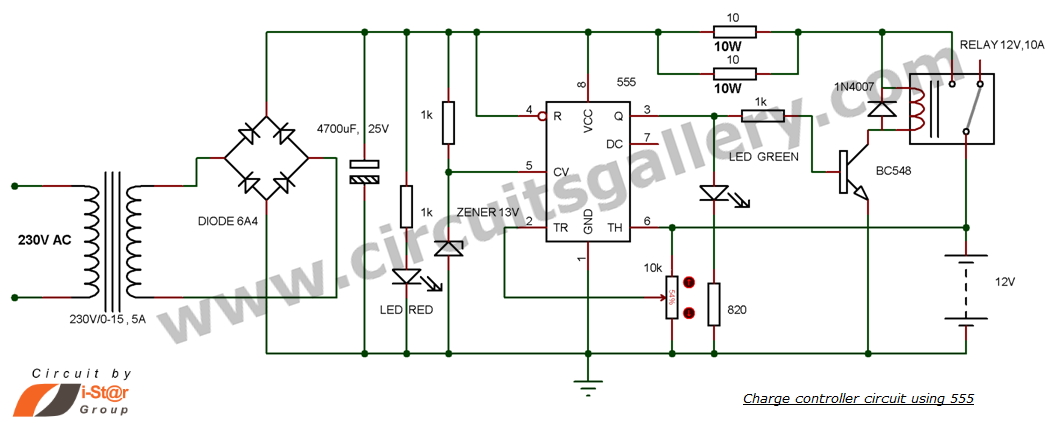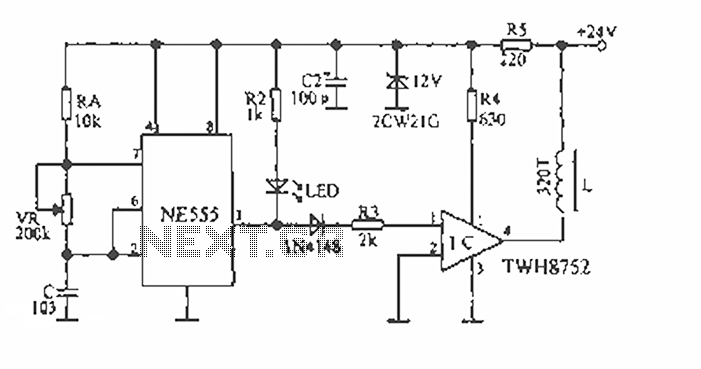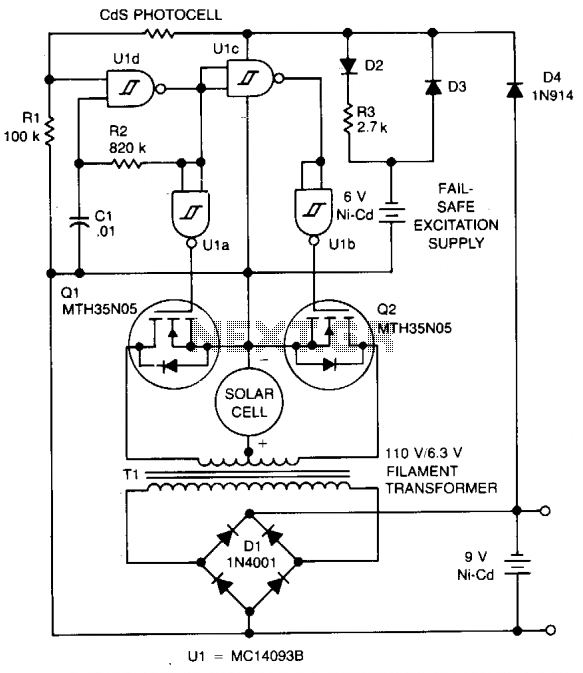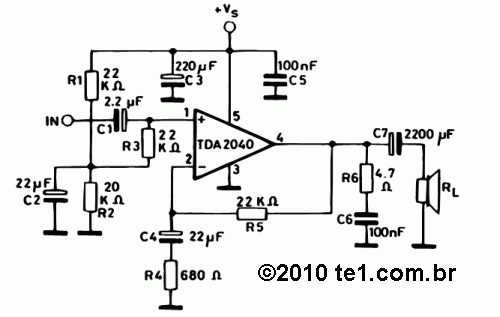
Side tone coupling circuit diagram

Side tone coupling in telephones refers to the phenomenon where a person hears their own voice through the receiver while speaking. Excessive side tone can lead to a reduction in speaking volume and may cause feedback issues, while insufficient side tone can create the impression that the phone is not functioning, potentially leading users to speak louder. The schematic diagram illustrates a simplified receiver sidetone circuit. In this design, current will not flow through a balanced circuit; therefore, the turns ratio of inductors L1 and L2 is intentionally unbalanced by a predetermined amount, and the value of resistor R is adjusted to avoid matching the line impedance. This configuration allows for a controlled amount of signal to be induced into inductor L3 for use as receiver sidetone.
The receiver sidetone circuit is an essential component in telephone systems, ensuring that users receive auditory feedback of their own voice during conversations. This feedback is crucial for maintaining natural communication, as it helps users modulate their speaking volume and prevents them from feeling isolated from the conversation.
In the circuit, inductors L1 and L2 are strategically designed with an unbalanced turns ratio to create a differential in the magnetic fields they generate. This differential is critical for inducing a controlled amount of sidetone into inductor L3. The resistor R plays a significant role in this process; by adjusting its value, the circuit can be fine-tuned to achieve the desired level of sidetone without matching the line impedance, which could lead to undesirable feedback or distortion.
The output from inductor L3 is then fed back into the receiver, allowing the user to hear their own voice. The level of sidetone must be carefully calibrated; too much sidetone can cause confusion and lead to lower speaking volumes, while too little can result in the user believing the line is dead, prompting them to raise their voice unnecessarily.
Overall, the design of the sidetone coupling circuit is a delicate balance of inductive coupling, resistance, and impedance matching, all aimed at enhancing the user experience in telephone communications.Side tone coupling:In telephones, it is the hearing of one`s voice in the receiver when one speaks. Too muchside tonemake people speak lower and can cause feedback. Too littleside toneand people may think the phone is not working or may shout. Figure This is a simplified schematic diagram of a receiver sidetone circuit. Because curren t will not flow through a balanced circuit, the turns ratio of inductors L1 and L2 is unbalanced by a predetermined amount and the value of resistor R is changed so as not to match the line impedance. This way, a controlled amount of signal can be induced into L3 to be used as receiver sidetone. 🔗 External reference
The receiver sidetone circuit is an essential component in telephone systems, ensuring that users receive auditory feedback of their own voice during conversations. This feedback is crucial for maintaining natural communication, as it helps users modulate their speaking volume and prevents them from feeling isolated from the conversation.
In the circuit, inductors L1 and L2 are strategically designed with an unbalanced turns ratio to create a differential in the magnetic fields they generate. This differential is critical for inducing a controlled amount of sidetone into inductor L3. The resistor R plays a significant role in this process; by adjusting its value, the circuit can be fine-tuned to achieve the desired level of sidetone without matching the line impedance, which could lead to undesirable feedback or distortion.
The output from inductor L3 is then fed back into the receiver, allowing the user to hear their own voice. The level of sidetone must be carefully calibrated; too much sidetone can cause confusion and lead to lower speaking volumes, while too little can result in the user believing the line is dead, prompting them to raise their voice unnecessarily.
Overall, the design of the sidetone coupling circuit is a delicate balance of inductive coupling, resistance, and impedance matching, all aimed at enhancing the user experience in telephone communications.Side tone coupling:In telephones, it is the hearing of one`s voice in the receiver when one speaks. Too muchside tonemake people speak lower and can cause feedback. Too littleside toneand people may think the phone is not working or may shout. Figure This is a simplified schematic diagram of a receiver sidetone circuit. Because curren t will not flow through a balanced circuit, the turns ratio of inductors L1 and L2 is unbalanced by a predetermined amount and the value of resistor R is changed so as not to match the line impedance. This way, a controlled amount of signal can be induced into L3 to be used as receiver sidetone. 🔗 External reference
